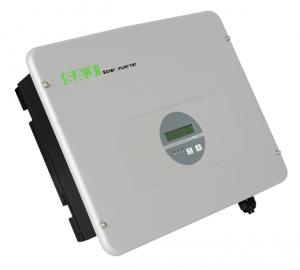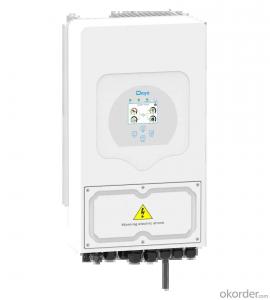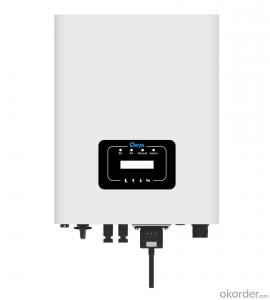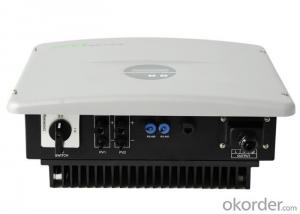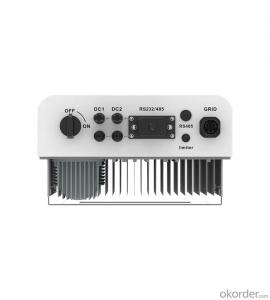Apollo Mppt Solar Inverter
Apollo Mppt Solar Inverter Related Searches
Mppt Solar Inverter Mppt Solar Power Inverter Apollo Solar Inverter Mppt Inverter Solar Mppt Solar Pump Inverter Microtek Mppt Solar Inverter Mppt Based Solar Inverter Mppt Inverter For Solar System Mppt Solar Hybrid Inverter Mppt Hybrid Solar Inverter Mppt Solar Inverter Charger China Mppt Solar Inverter 12v Mppt Solar Inverter Mppt Solar Inverter Price Best Mppt Solar Inverter Dual Mppt Solar Inverter Mpp Solar Power Inverter Mppt Solar Inverter 24v 24v Mppt Solar Inverter Mpp Solar Inverter 24 Volt Mppt Solar Inverter 1kw Mppt Solar Inverter 3 Mppt Solar Inverter Mppt Solar Inverter 12 Volt Mpp Solar Charger Inverter Mppt Solar Inverter 48v 2kw Mppt Solar Inverter 5kw Mppt Solar Inverter Mpp Solar Hybrid Inverter Mpp Solar Inverter ChargerApollo Mppt Solar Inverter Supplier & Manufacturer from China
Apollo MPPT Solar Inverter is a high-efficiency solar power conversion device that is designed to optimize the performance of solar panels by adjusting the operating voltage and current to achieve maximum power output. This advanced technology ensures that the solar energy system operates at its peak efficiency, thereby maximizing energy generation and reducing energy loss.The Apollo MPPT Solar Inverter is widely used in various applications, including residential, commercial, and industrial settings. It is particularly beneficial in off-grid solar power systems, where it helps to store and manage the generated solar energy effectively. Additionally, it can be used in grid-tied systems to supply power to the grid or to backup power systems during power outages, making it a versatile and essential component in the renewable energy sector.
Okorder.com is a reputable wholesale supplier of Apollo MPPT Solar Inverters, offering a vast inventory of these high-quality products to customers worldwide. With a commitment to providing top-notch customer service and support, Okorder.com ensures that customers receive the best possible experience when purchasing Apollo MPPT Solar Inverters for their solar energy projects.
Hot Products












